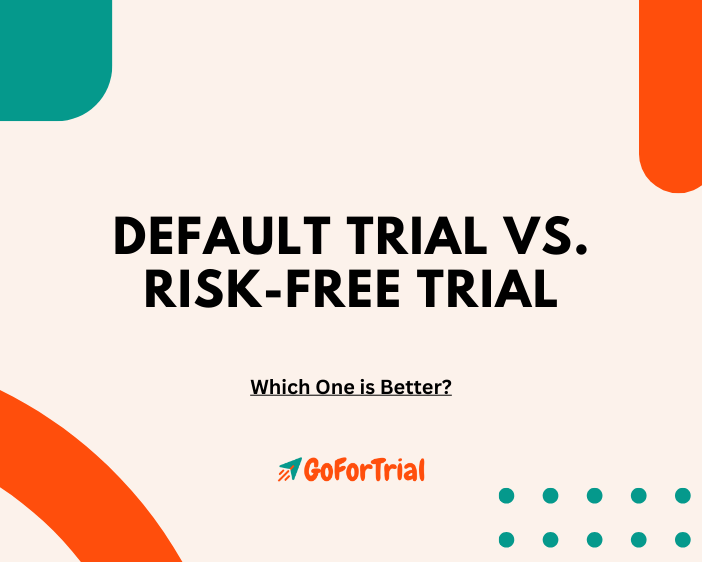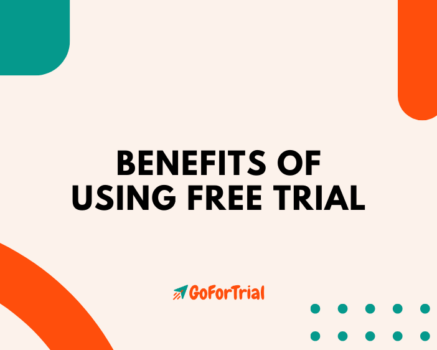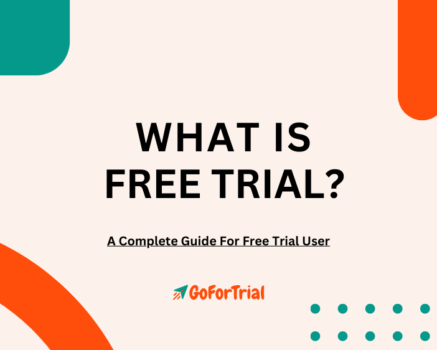
In the world of consumer products and services, free trials have become a common marketing tactic to attract potential customers. However, not all free trials are created equal.
Some come with strings attached, while others offer a truly risk-free experience. In this article, we’ll explore the differences between default trials and risk-free trials from a user’s perspective.
Why Choose Default Trial:
A default trial, also known as a standard trial, is a common type of free trial many companies offer. In a default trial, users are given access to a product or service for a limited period, typically ranging from a few days to a month, without having to pay upfront.
While this may seem like a generous offer, there are several factors to consider from a user’s perspective:
Automatic Enrollment:
One of the key features of a default trial is that users are often automatically enrolled in a paid subscription plan once the trial period ends. This means that unless users actively cancel their subscription before the trial ends, they will be charged for continued access to the product or service.
Risk of Unintended Charges:
Because users are automatically enrolled in a paid subscription plan, there is a risk of unintended charges if users forget to cancel their subscription before the trial period ends. This can lead to frustration and dissatisfaction among users who did not intend to continue using the product beyond the trial period.
Limited Timeframe for Evaluation:
Default trials typically offer a limited timeframe for users to evaluate the product or service. This may not be sufficient for users to explore all features and functionalities fully or to determine whether the product meets their needs and expectations.
Pressure to Convert:
Companies offering default trials often employ tactics to encourage users to convert into paying customers, such as limited-time discounts or notifications reminding users that their trial is about to expire. This can create a sense of urgency and pressure users into making a hasty decision without fully evaluating their options.
Why Choose Risk-Free Trial:
A risk-free trial, on the other hand, offers users a truly no-strings-attached experience. In a risk-free trial, users are given access to a product or service for a limited period, similar to a default trial.
However, some key differences make risk-free trials more user-friendly:
No Automatic Enrollment:
Unlike default trials, risk-free trials do not automatically enroll users in a paid subscription plan at the end of the trial period. Instead, users can decide whether they want to continue using the product or service and can choose to subscribe if they find value in doing so.
Transparent Cancellation Policy:
Risk-free trials typically have transparent cancellation policies that make it easy for users to cancel their subscriptions if they decide not to continue using the product. This reduces the risk of unintended charges and gives users peace of mind knowing that they can opt out at any time.
Extended Trial Periods:
Some risk-free trials offer extended trial periods, allowing users more time to fully evaluate the product or service and make an informed decision. This extra time can be valuable for users who want to thoroughly explore all features and functionalities before committing to a subscription.
Focus on User Experience:
Companies offering risk-free trials often prioritize the user experience and strive to create a positive impression during the trial period. This may include providing excellent customer support, offering tutorials or resources to help users get started, and actively seeking feedback to improve the product or service.
Conclusion:
In conclusion, the choice between a default trial and a risk-free trial can have significant implications for users. While default trials offer a glimpse into the product or service, they come with the risk of unintended charges and may pressure users into making quick decisions.
On the other hand, risk-free trials provide users with a truly no-strings-attached experience, allowing them to evaluate the product or service at their own pace and without fear of hidden fees or commitments.
Ultimately, users need to understand the differences between these two types of trials and choose the option that best aligns with their needs and preferences.














